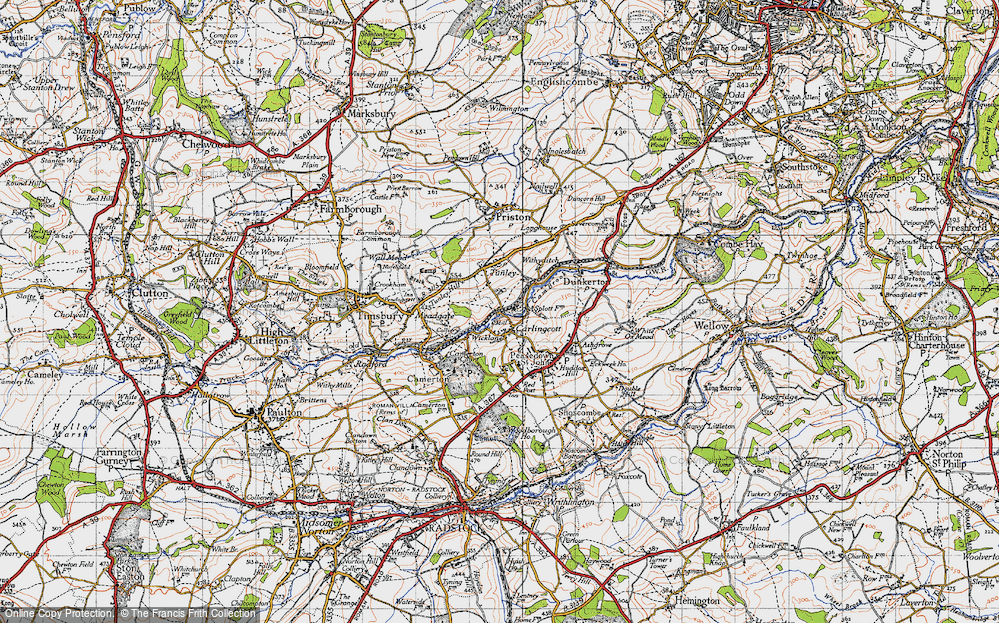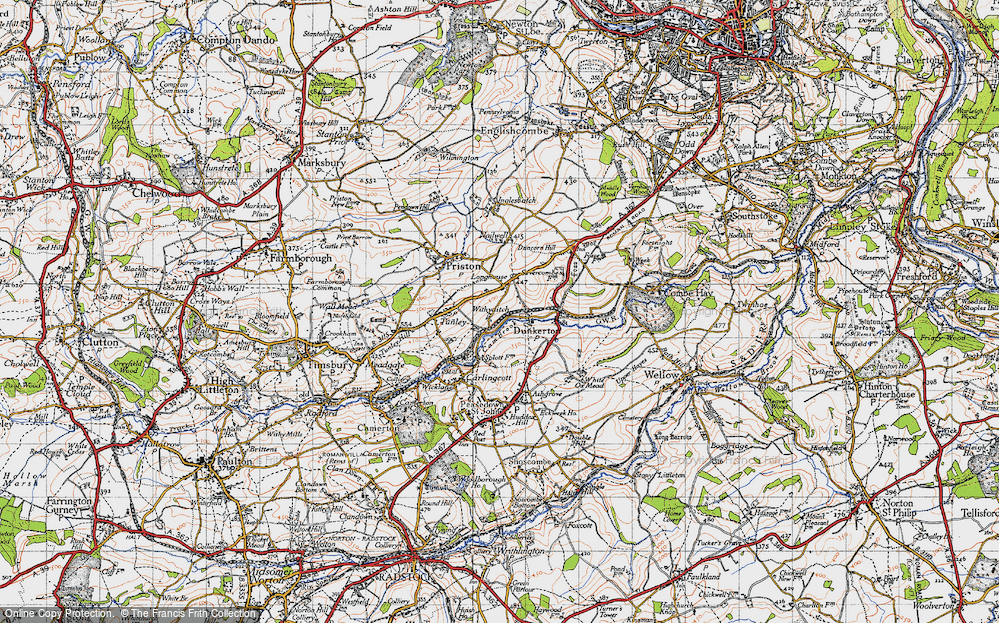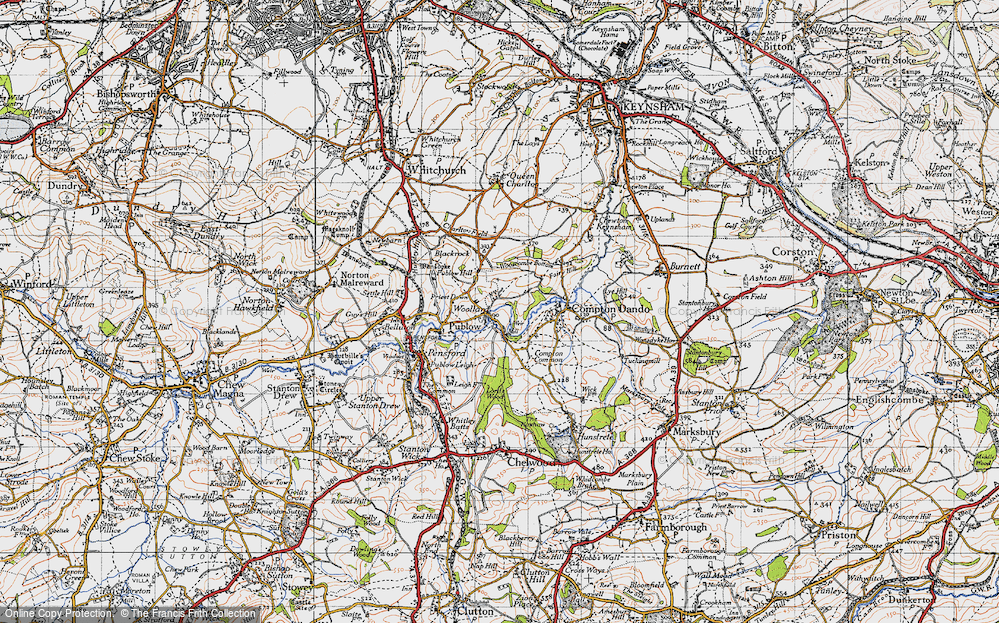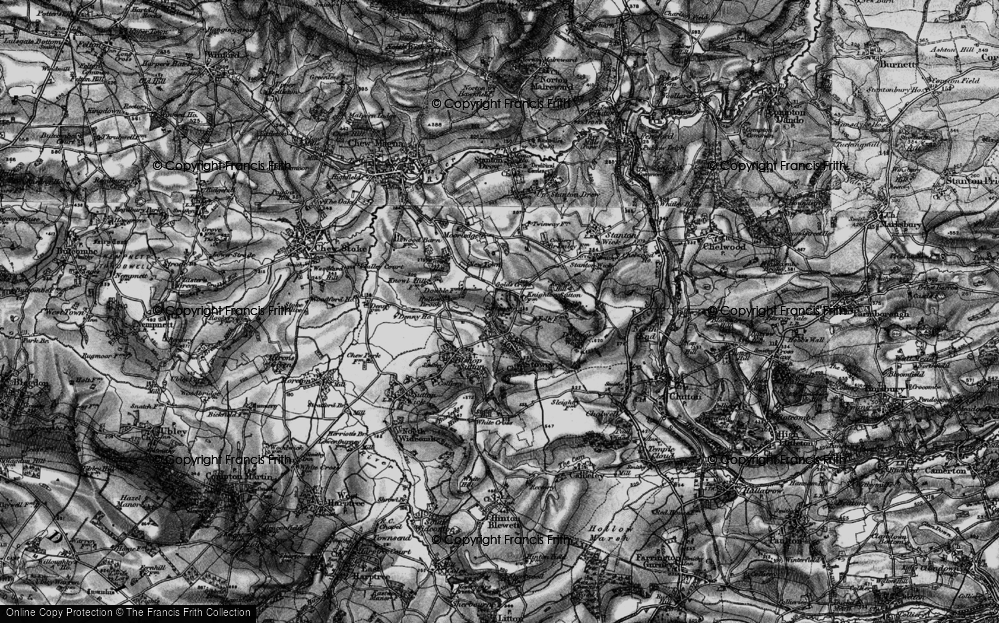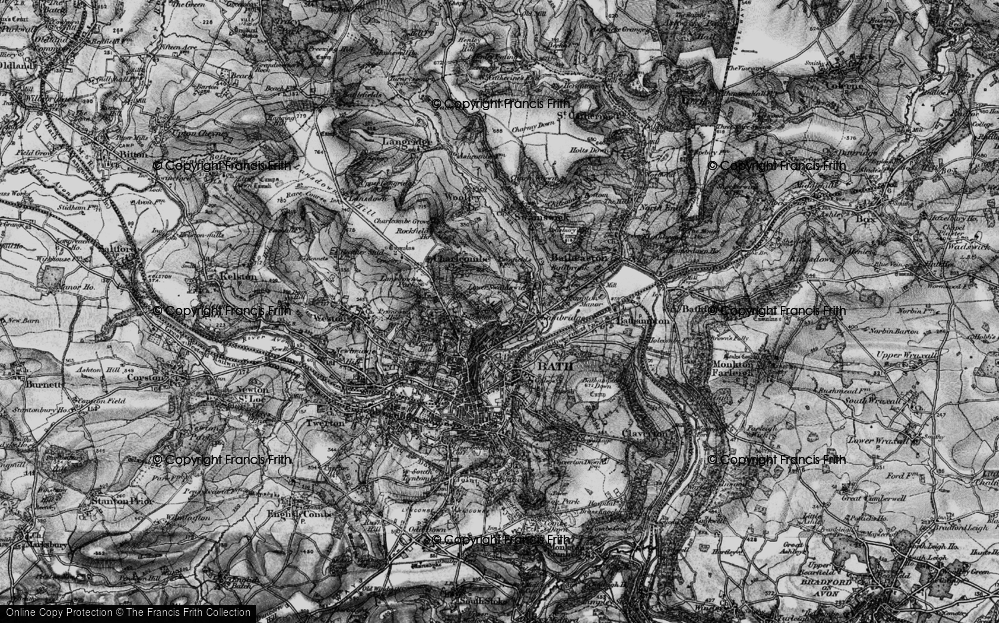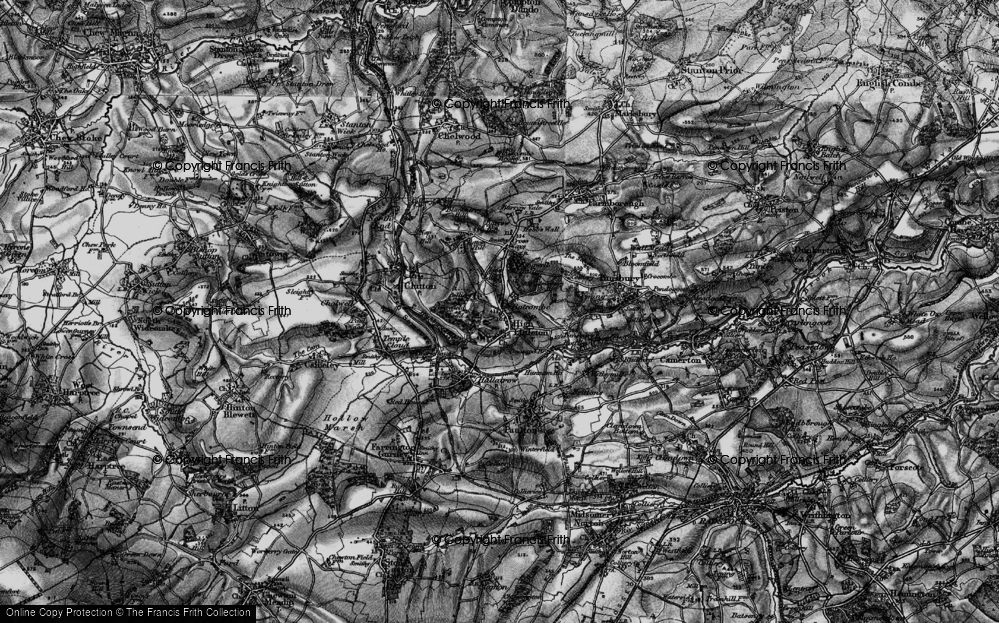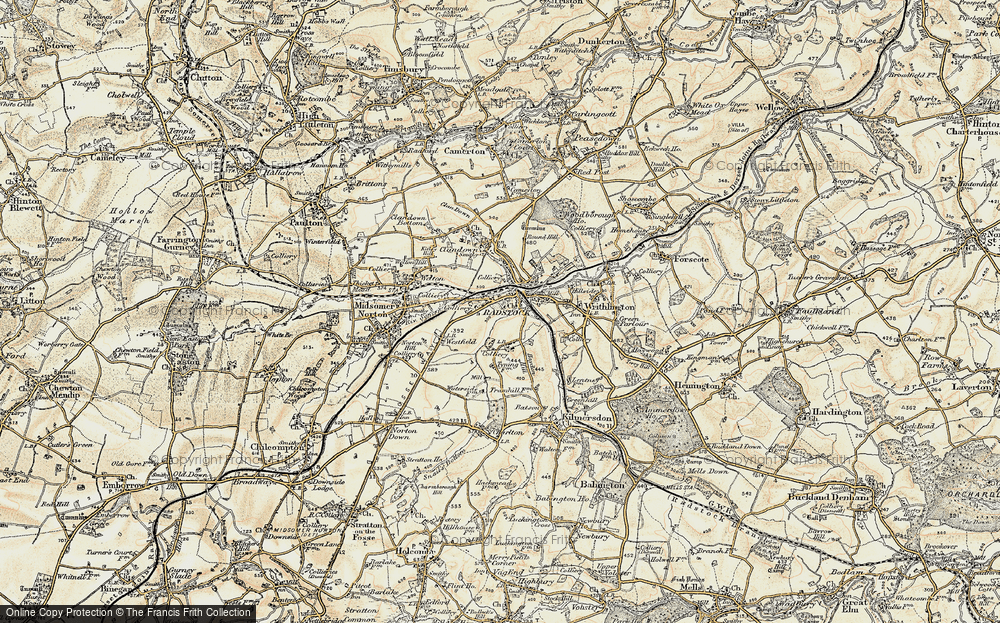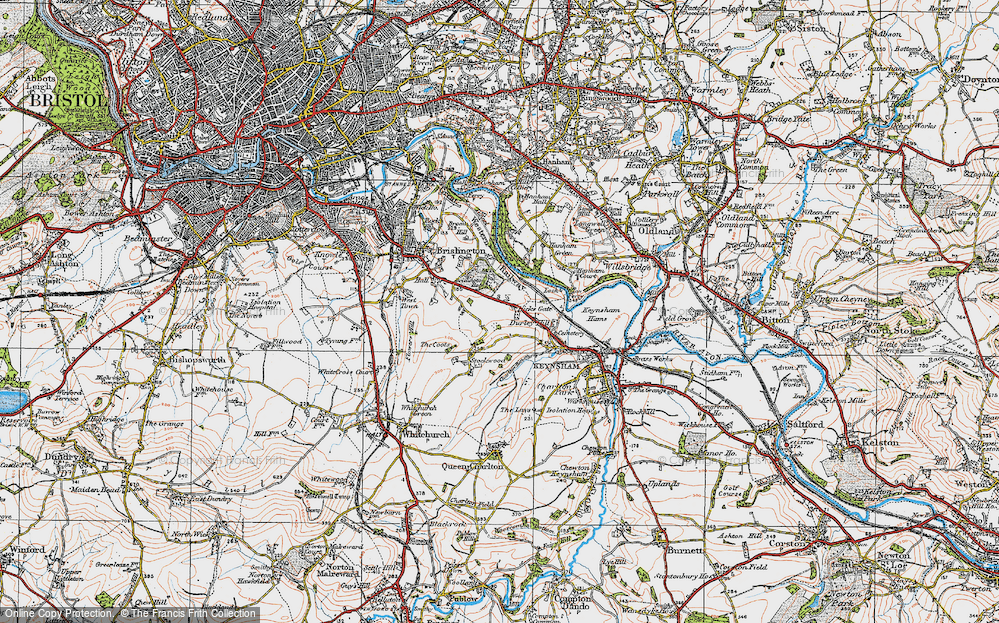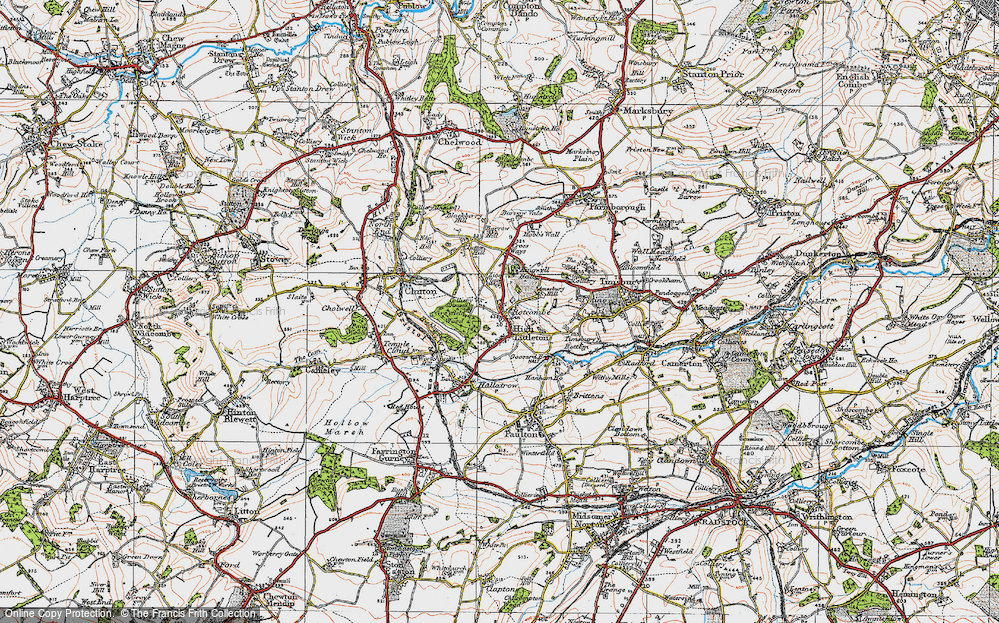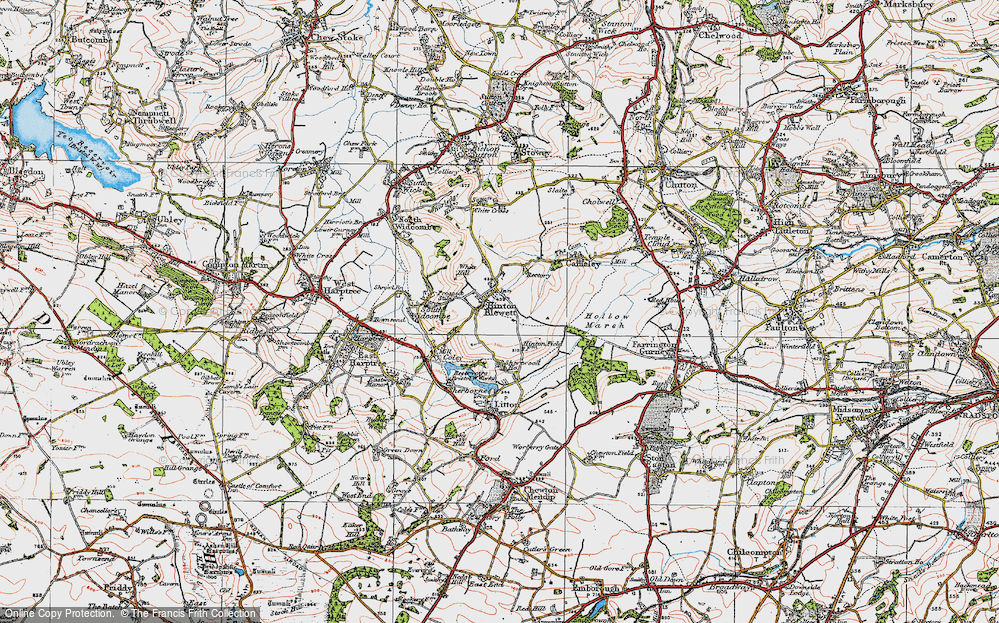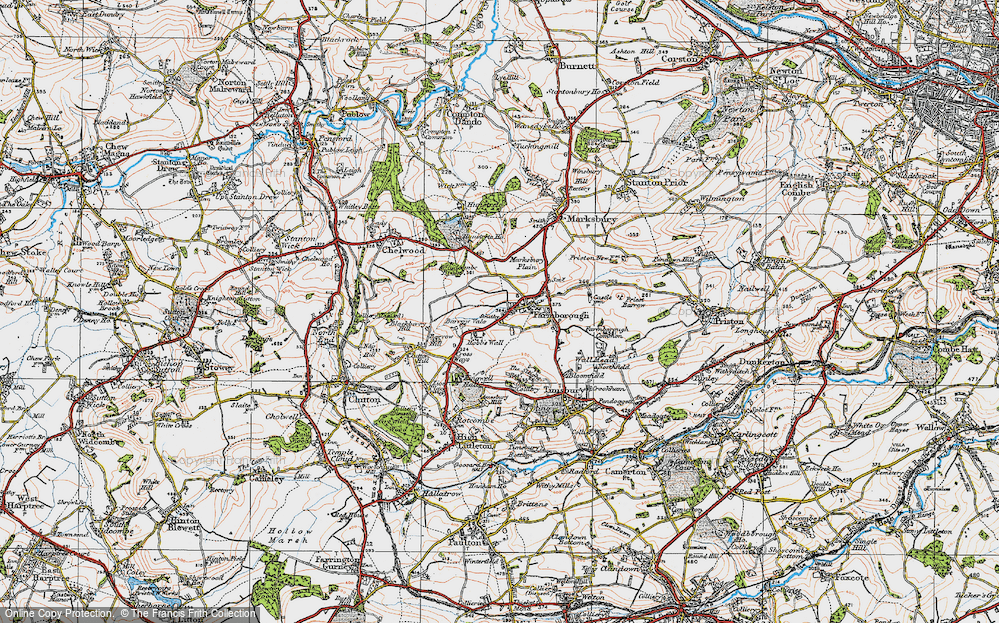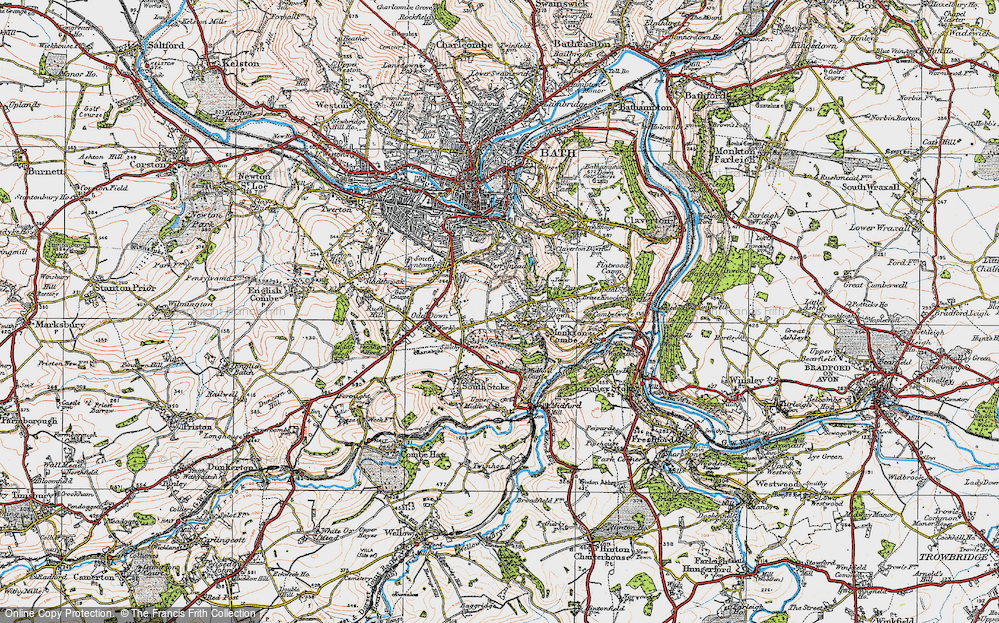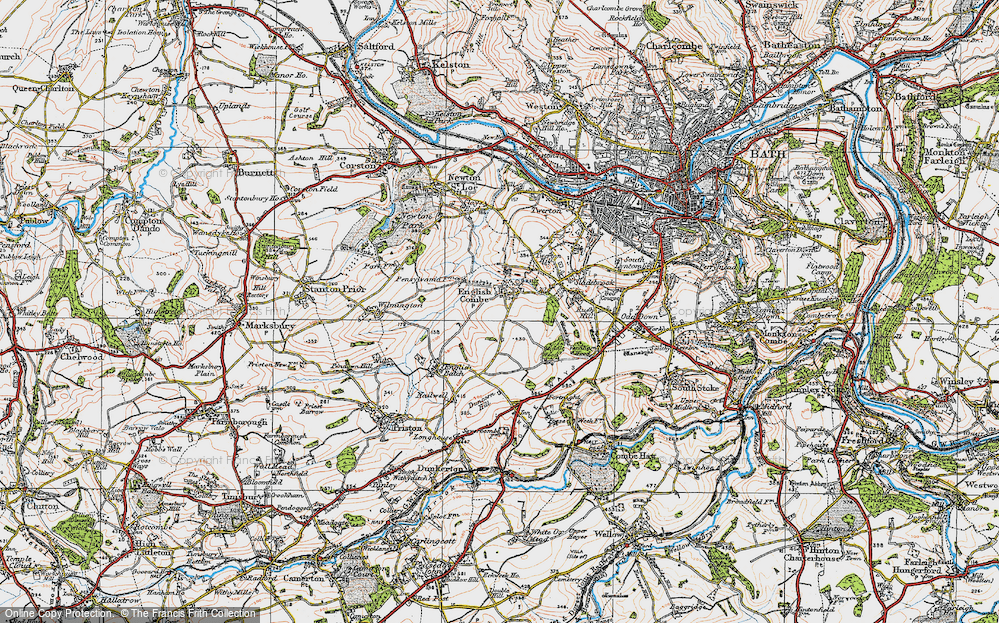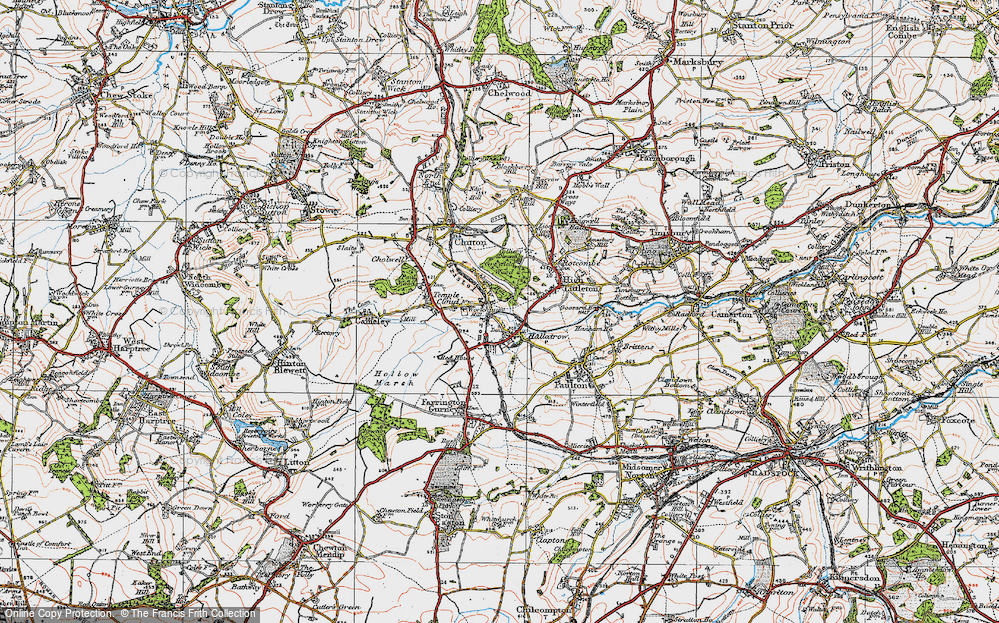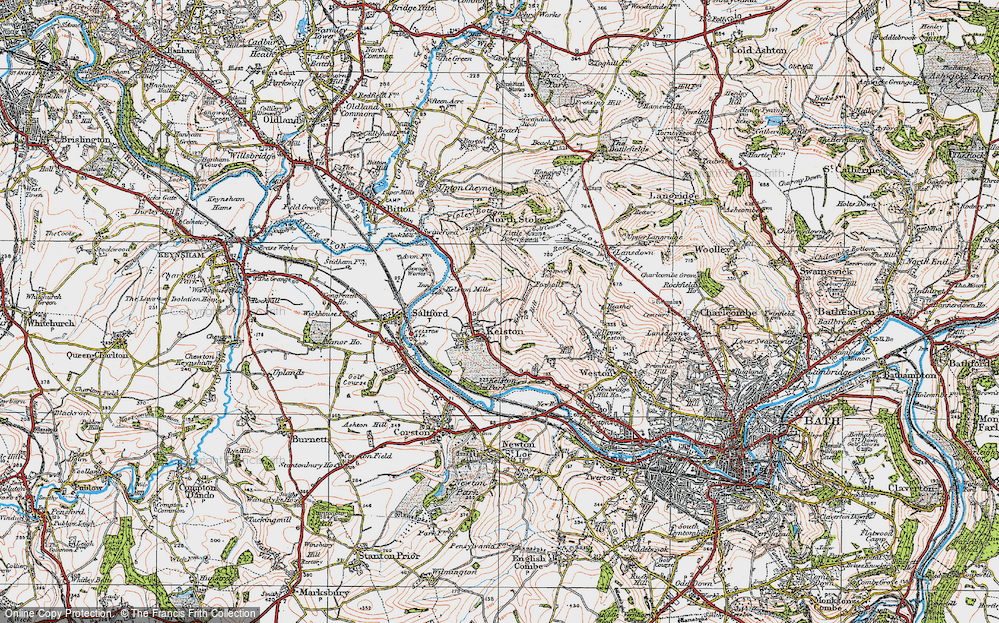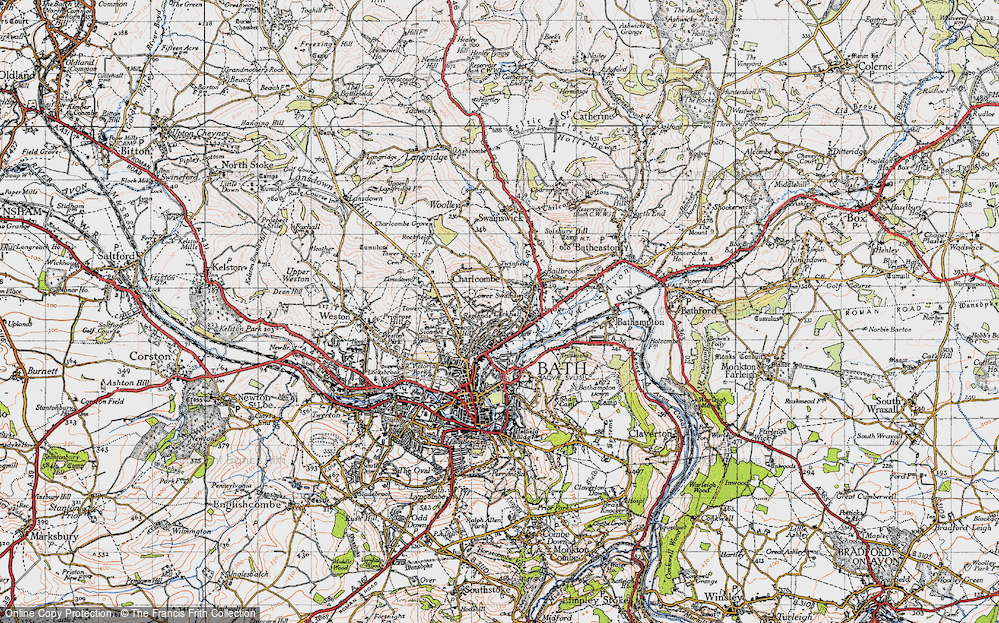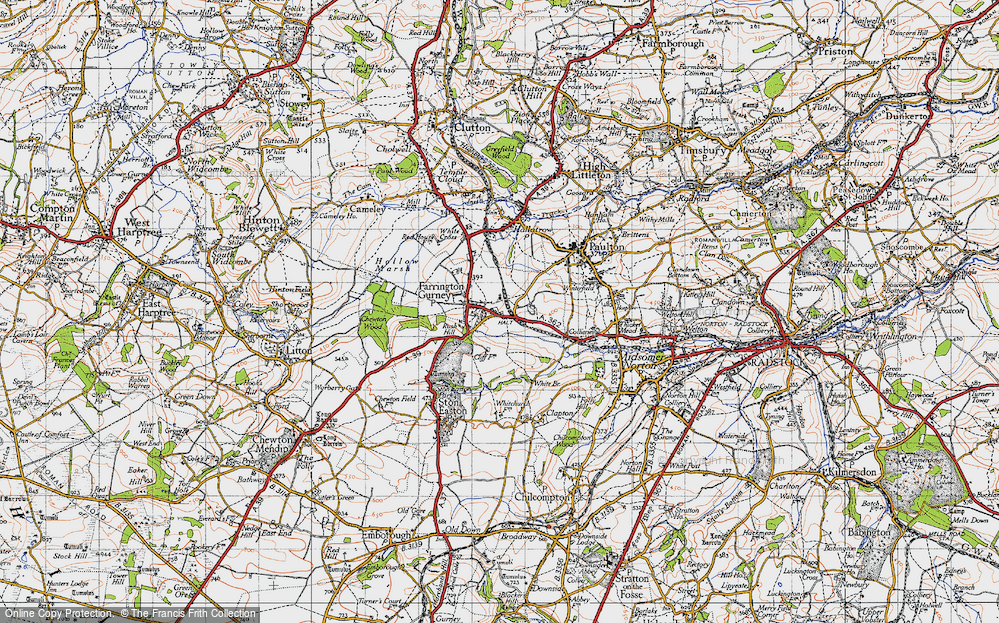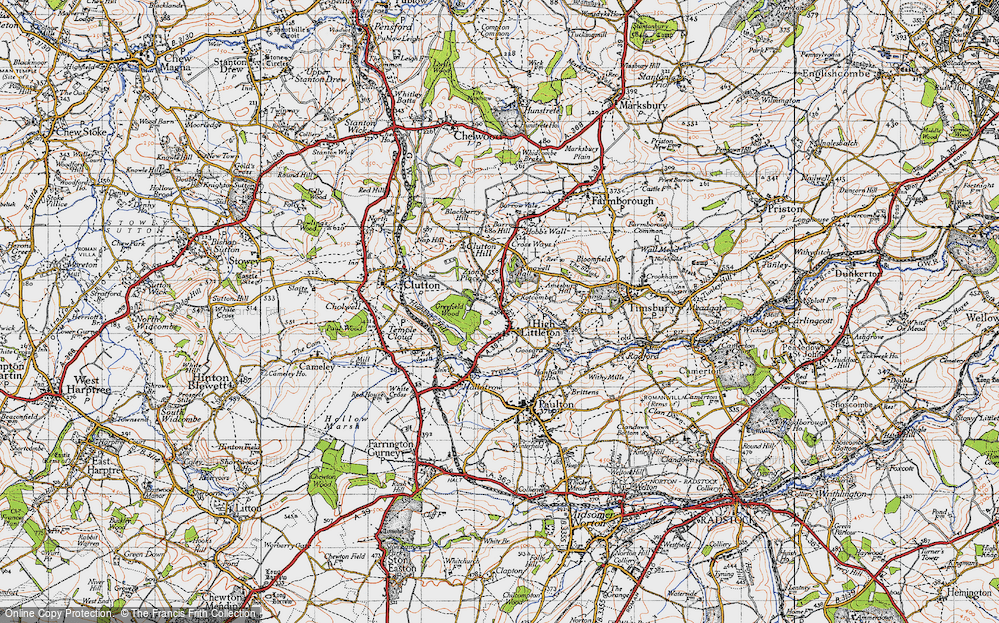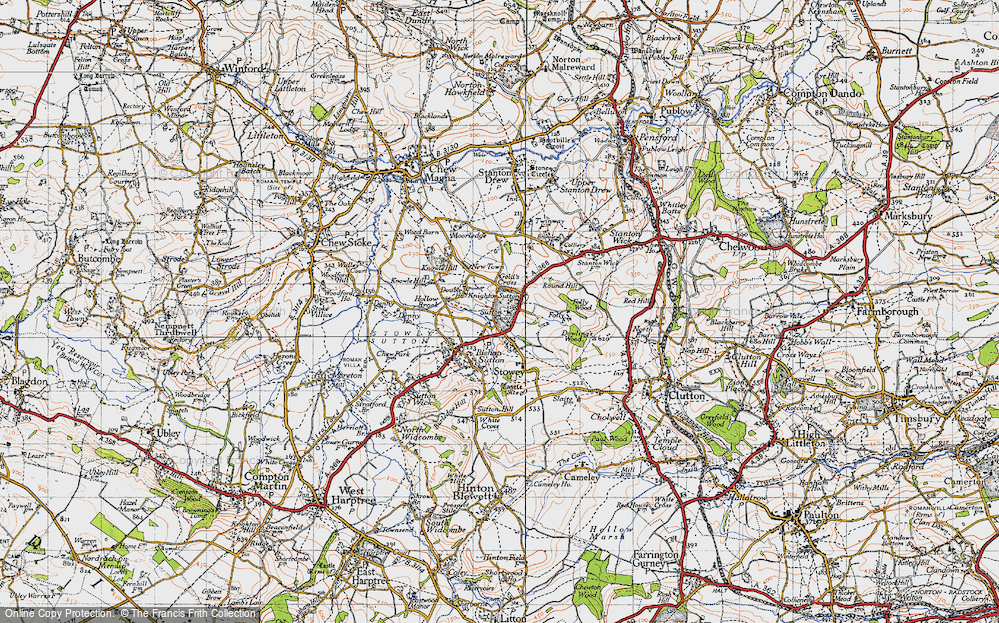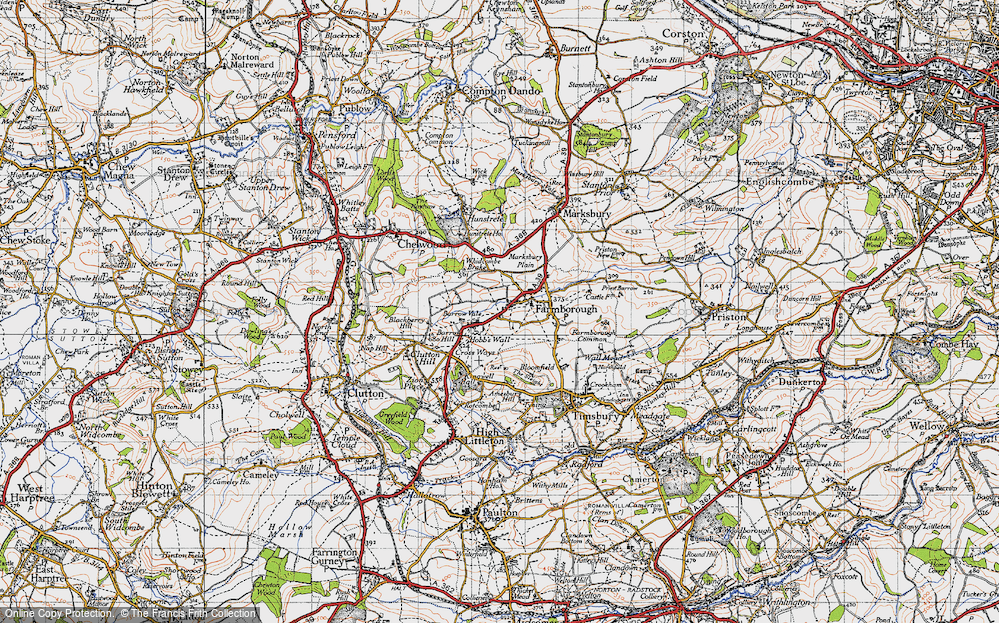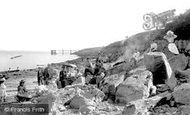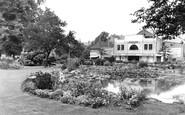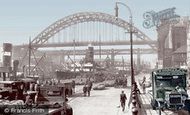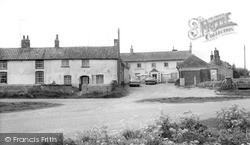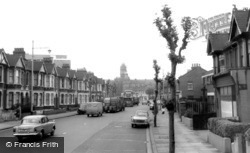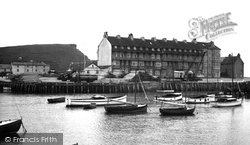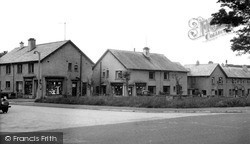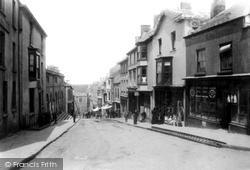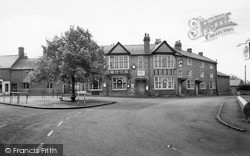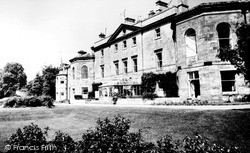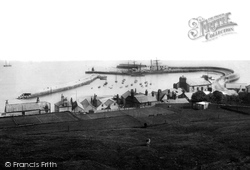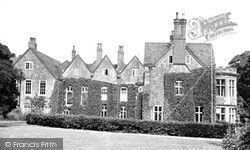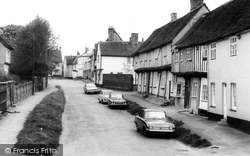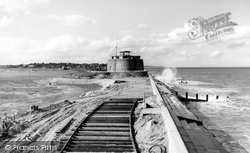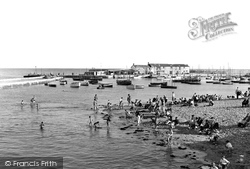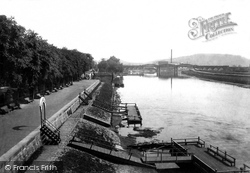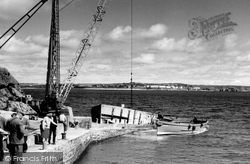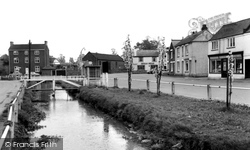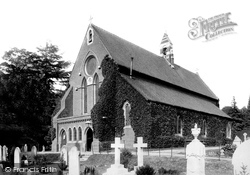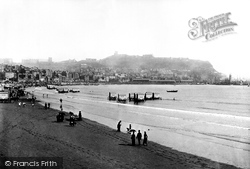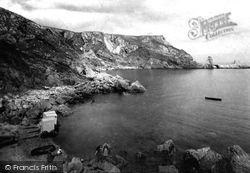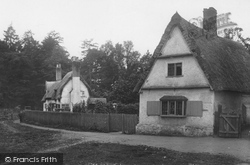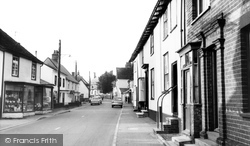Places
Sorry, no places were found that related to your search.
Photos
134 photos found. Showing results 541 to 134.
Maps
896 maps found.
Books
3 books found. Showing results 649 to 3.
Memories
540 memories found. Showing results 271 to 280.
My Birthplace
My mother, Lily Mathtews and I, were both born in the same miner's cottage at 109 Station Rd, just cross from the Welcome Church. She was born in 1903 and I in 1932. My granny, Ada, was an artist and moved to 8 Sunnyside, and during ...Read more
A memory of Cramlington in 1940 by
German Aircraft
In the early 1940s my father was a coastguard stationed at Barry Island. I was about 5 years old and I vividly remember that one day I was sat on my 3-wheeled bike at the top of the hill and a German aircraft flew over at a very ...Read more
A memory of Barry Island in 1940 by
Convent Of The Visitation Bridport Dorset
CHAPTER TWO School Years - Convent of the Visitation 1939-1945 One’s school years leave an indelible impression on one for good or bad. My views over these years in this regard, have modified considerably. ...Read more
A memory of Bridport in 1940 by
Grays Thurrock Essex England Uk 1935 1953
My memories of Grays go back to the 1940's and 1950's the war years and before the London over-spill estates Of Belhurst Park and Basildon arrived. I was born and lived at 106 Bridge Road with my parents Thomas ...Read more
A memory of Grays in 1940 by
Visitation Convent Boarding School, Bridport
During the 1940s, I lived in Weymouth, but from May 1942, when I was 5, until July 1947, I was a boarder at the school. I was happy there, and still remember the names of my teachers - Sister Anne, Sister ...Read more
A memory of Bridport in 1940 by
Birds Nuts And Bumping Cars
In 1944 my mother and I moved from a two bedroom basement flat in Grosvenor Road at the top of the town, to Chrismas Avenue, a three bedroom semi-detached, that connected between Ash Road and Newport Road. My father was ...Read more
A memory of Aldershot in 1940 by
Trams, Markets And Bright Yellow Trolly Buses
With big hugs from waiting family on one of the many platforms that was Central Station, we hurried though the noise and clouds of steam towards the station exit and into the sunlight...my eyes ...Read more
A memory of Newcastle upon Tyne in 1940 by
Childhood In The Darent Valley
I was born at 6 St. Johns Terrace, 3 doors away from Mr Bird's Post Office and store (which is shown in your photo). How many hours have I sat on those steps outside? We used to play in the road and when we heard ...Read more
A memory of Sutton at Hone in 1940 by
Real Holton Sparkes Of Cary In Castle Cary
My great uncle Mr Arthur Real who was born at Axmouth Devon in 1886 and grew up there, started a business in Castle Cary Somerset with Mr Walter Holton from Trowbridge Wiltshire in the 1930s. They named ...Read more
A memory of Castle Cary in 1940 by
Evacuation To St Merryn
My sister and I were evacuated to St Merryn in 1940. I was aged 6 and my sister aged 11. We lived in Bermondsey, London. I shall always remember our first night in St Merryn. We were sitting in the School Hall,and were the ...Read more
A memory of St Merryn in 1940 by
Captions
870 captions found. Showing results 649 to 672.
Situated on the main coast road, this public house is extremely convenient for tourists and the villagers.
This village was once known as Clandon Abbots, for its manor, as in many other Surrey villages, was owned by the local abbey. Here, Chertsey Abbey owned the manor from about 666 AD.
We pass under the River Thames via the Blackwall Tunnel - the northbound side dates from the 1890s, an early project of the LCC, which was established in 1888.
Timber from Scandinavia, with a builder's merchant's lorry and cranes, stand on the Quay beside 1864-built Pier Terrace (right).
The post office is on the far left, and immediately next door is A Shenton, dealing in baby linen and ladies' clothes.
This photograph is taken from the junction of Market Street and Upper Market Street, looking down towards the High Street.
Situated at the southernmost end of the Isle of Thanet, the bay is bounded by cliffs on the north, and by marshes to the south.
The architectural quality falls off somewhat in the southern part of the town. This view looks along the London Road to The Square, with Hinwick Road to the left.
The central part of this prominent building was built in c1750, and the two outer bays were added in the early 19th century. The chapel was added in 1878 and rebuilt after a fire in 1885.
We are looking at the medieval Cobb harbour (centre) from the tennis ground on the cliffs south of Langmoor Gardens.
The triple gables of the early 17th-century house form the centrepiece, with flanking wings. John Ely, a Manchester architect, added the Tudoresque bay window to the right in 1894.
The weavers' cottages (right) are reminiscent of Kersey and Lavenham. They were restored in about 1960, when seven dwellings were reduced to three.
This is the last and most northerly of just over a hundred Martello towers, built to keep Napoleon at bay. This one was constructed well after the invasion threat.
There is safe bathing for children at high tide, protected from the open sea and its waves, behind the North Wall of the harbour.
Passengers boarded vessels at the landing stages to take trips to Colwick Park. A lock linked the river and Nottingham Canal at the projection near the end of the walkway.
The first reference to a slipway on Priory Bay was in 1897.
The brook here somehow appears to be little cared for, with its chipped concrete posts arrayed along weedy banks.
This modest building of red brick is attributed to T H Rushworth and was built in about 1864. The windows are 13th-century and show a variety of designs in two-bay arcades.
After the historic riches of Dunster we descend, physically as in other ways, to Blue Anchor Bay, a seaside resort with a long beach and little character.
The railings of St Mary's churchyard are on the right. In the distance the post office and house remain, but the next house has been demolished.
The bathing machines are doing good business. In the 1720s, it was the custom for those 'taking the waters' to bathe in the sea.
This is a small but pretty bay to the east of Torquay. This view is remarkable for cpaturing bathing machines - the wheeled objects on the left.
Picket fencing encloses the gardens of these two cottages. The nearest cottage has pebble-dash rendering on the walls and a long-straw thatched roof with a traditional swept ridge.
On the right the large bay windows of the clock and electrical shops have been entirely removed.
Places (0)
Photos (134)
Memories (540)
Books (3)
Maps (896)




